Migration nightmare: She thought her family was lost at sea. Then the Mexican 'mafia' called.
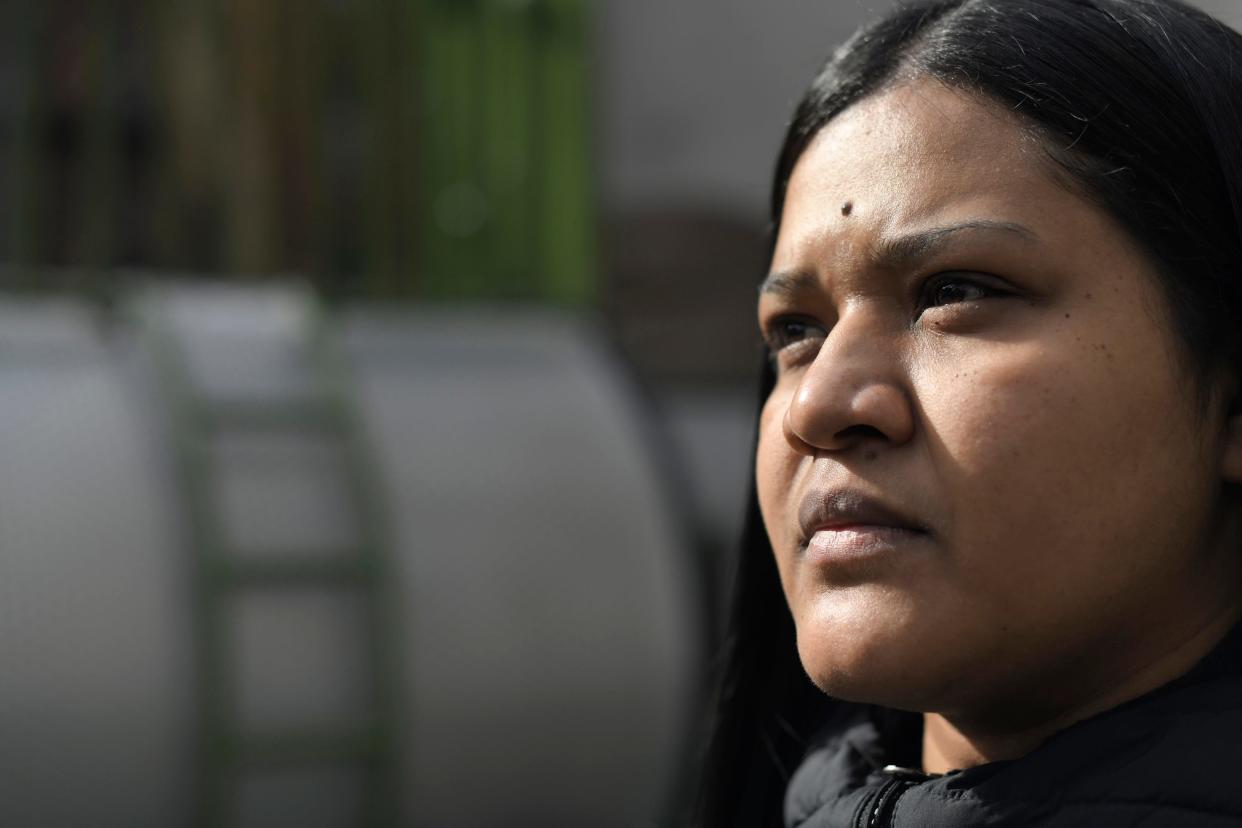
Katiuska Leal Moreno's legs trembled as she read the messages pinging on her phone.
She hadn't heard from her mother, sister and 4-year-old niece since they boarded a boat on the Colombian island of San Andrés bound for Nicaragua on Oct. 21. They were on their way to reunite with Leal Moreno in New York City, using a new migration route to the United States sold as easier and faster than the trip overland.
The ride was supposed to take eight hours, but seven days had passed. There were 38 people on board, including 11 children.
Desperate for news, Leal Moreno, 27, posted a plea to Facebook on Oct. 27. Within hours, a stranger messaged her, said her own sisters who had been kidnapped in Mexico recognized Leal Moreno's mother. Without verifying the information, Leal Moreno shared her phone number. Soon after, the threats came rapid-fire via WhatsApp and so did the demands: $4,500 U.S. dollars to free her family or else.
We've got the older woman, a young woman and her daughter, the alleged kidnappers said, according to screenshots Leal Moreno shared with USA TODAY via WhatsApp. She spoke to USA TODAY during conversations that took place by chat, audio and video calls. Tell the family we're going to kill them tomorrow. We move them to the bunker at 8 in the morning.
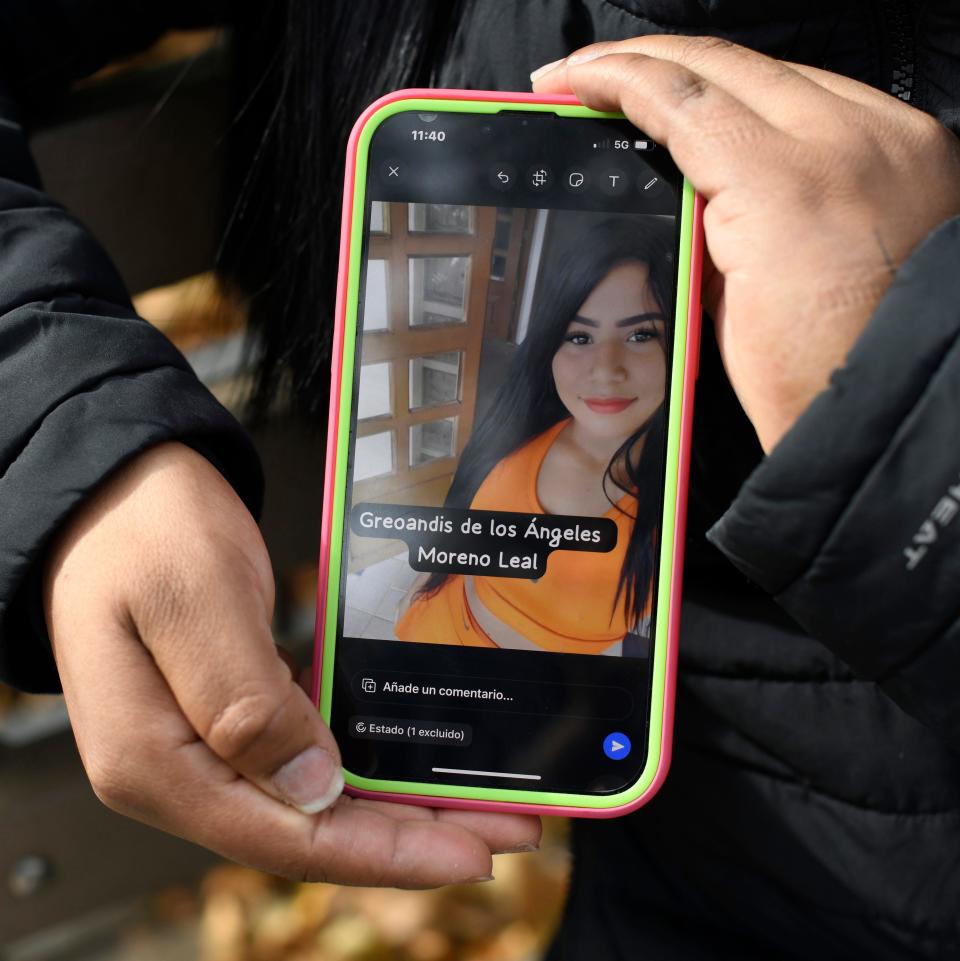
Who has them? The mafia, that's who.
At home in the cramped room of a hotel-turned-shelter, Leal Moreno found herself at the center of dangerous migration phenomena playing out on social media and in the real world: She faced the possibility that her loved ones had been kidnapped by Mexican criminals; or she was being subjected to a virtual kidnapping scam targeting immigrants in the U.S.; or her family was lost at sea, the real victims of a Colombian smuggling scheme.
All three scenarios were plausible.
It wasn't a stretch to believe that her family might be kidnapped. The Mexican government reported rescuing more than 2,100 kidnapped migrants in 2022 – a fraction, experts say, of the migrants who are held for ransom on their journey to the U.S. border.
But "virtual kidnapping for ransom" targeting immigrants in the U.S. also is on the rise, according to the FBI, as irregular migration to the U.S. border has surged over the past year.
Under the scam, "nefarious actors" scour social media for victims, said FBI Special Agent Andrés Hernández, who runs the agency's Violent Crimes Task Force in El Paso, Texas, where Border Patrol's stash house busts are driving a pipeline of two to three migrant kidnapping investigations per week.
An immigrant in the U.S. who posts about a missing family member is a prime target, Hernández said. The FBI doesn't enforce immigration laws, he said, and anyone who is a target – whether they are a U.S. citizen or not – should report it. The FBI treats every case as a potential real kidnapping, he said.
"It’s 100% believable," Hernández said. "What can you tell these immigrant families? We can’t say don’t listen. They could have their families kidnapped. They are in a very vulnerable situation and they are all trying to come here for a better dream."
"It could be a virtual kidnapping for ransom," he said, "but it could be real."
For Leal Moreno, the other alternative – that the boat had sunk, that her family had drowned, that hope was gone – was almost too much for her to take.
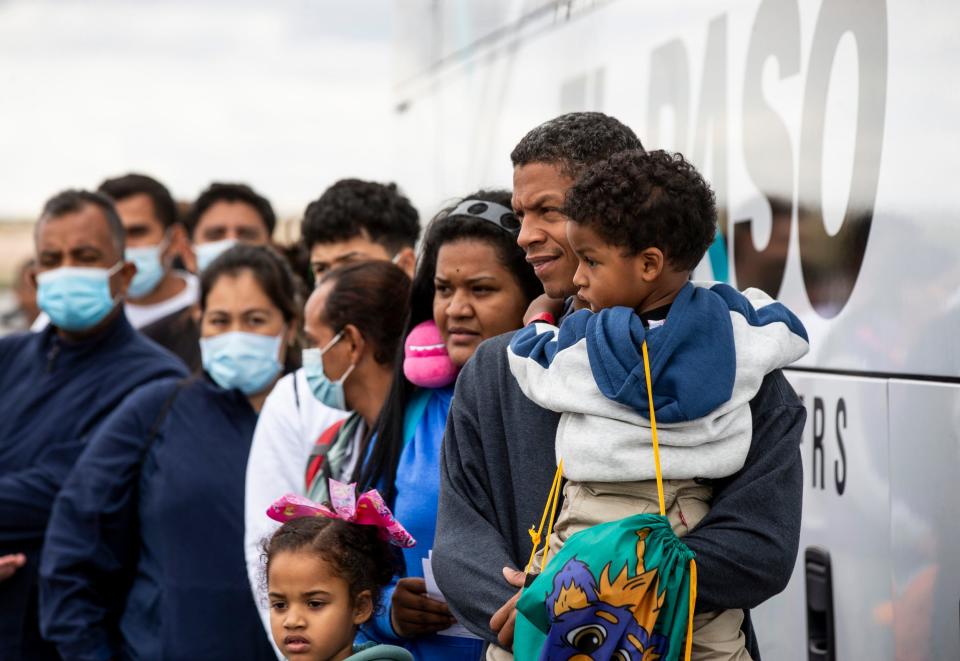
Leal Moreno, her husband, Kristian González Pérez, and their two young children were marking the one-year anniversary of their unlikely arrival in New York City after they legally sought asylum at the U.S.-Mexico border in El Paso in October 2022. They were making it, little by little; their son and daughter were in school.
All that was missing was her family: Her mother, Santa Eluminada Moreno, a hair stylist who owned a salon in Venezuela in better days; her sister, 24-year-old Greoandis de los Ángeles Moreno and 4-year-old niece Reyshell Moreno, who everyone said was the spitting image of her aunt.
"I'm at the edge of insanity," Leal Moreno wrote in her Facebook post above photos of her mother, sister and niece smiling amid a backdrop of palm trees in San Andrés. "I know I need to have faith but my heart breaks every day that passes and I hear nothing from them."
'The sea is extremely dangerous'
San Andrés Island appears as a speck in the Caribbean Sea: a 10-square-mile patch of sand and palm trees in turquoise waters 466 miles off the coast of Colombia and 145 miles from Nicaragua. Its beaches and mix of Caribbean and Colombian cultures attracted more than 1 million visitors annually before the collapse of two regional, low-cost airlines earlier this year hurt tourism.
But the number of migrants among the tourists grew last year as smugglers began billing San Andrés as a quicker, safer alternative to the crowded passage through the Darien Gap connecting Colombia and Panama.
More than 408,000 migrants – a record – crossed overland through the Darien in the first nine months of the year, according to an analysis of Panamanian data by the Washington Office on Latin America. Even if the jungle has become a sort of highway north, driven by an exodus of Venezuelans, the journey is arduous and rife with organized crime.
"The Darien is four to seven days walking for most people," said Adam Isaccson, director of WOLA's Defense Oversight program, which monitors U.S. cooperation with Latin America's security forces. "The Colombian part of it is relatively safe right now, with just one criminal group controlling the area, but the Panamanian side is completely up for grabs and it’s very dangerous."
A flight to an island paradise and an eight-hour boat ride could look attractive by comparison, enough to lure hundreds, possibly thousands, of Venezuelans and other migrants to the route by sea.
"Criminal groups began offering the San Andrés route as a way to bypass the animals, deaths and gang violence of the Darien Gap," said Maivy Gómez, a Venezuelan journalist based in Colombia who said her cousin was on the same boat as Leal Moreno's family. "It's a much shorter route. You hear of people who have made it with no problem. But others never arrived."
After encountering no more than a few cases in a decade, the Colombian navy rescued 1,103 migrants in the past 15 months from smugglers at sea, according to Capt. Carlos Solano Prada, the island's naval commander. Among them were at least 200 children.
Migrant boats have gone missing before.
Last year, four boats were reported missing: two in August, one in October and a fourth in December, Solano Prada said. When the family members of the crew reported the boat IAS II missing on Oct. 23, two days after its departure from the island, Solano Prada initiated a 30-day search. It was the fifth boat to go missing.
"As soon as we had the information, just like the U.S. Coast Guard, we began the protocol with our rapid reaction team by air and sea," he said. "And we alerted the coast guards of Panama, Costa Rica and Nicaragua."
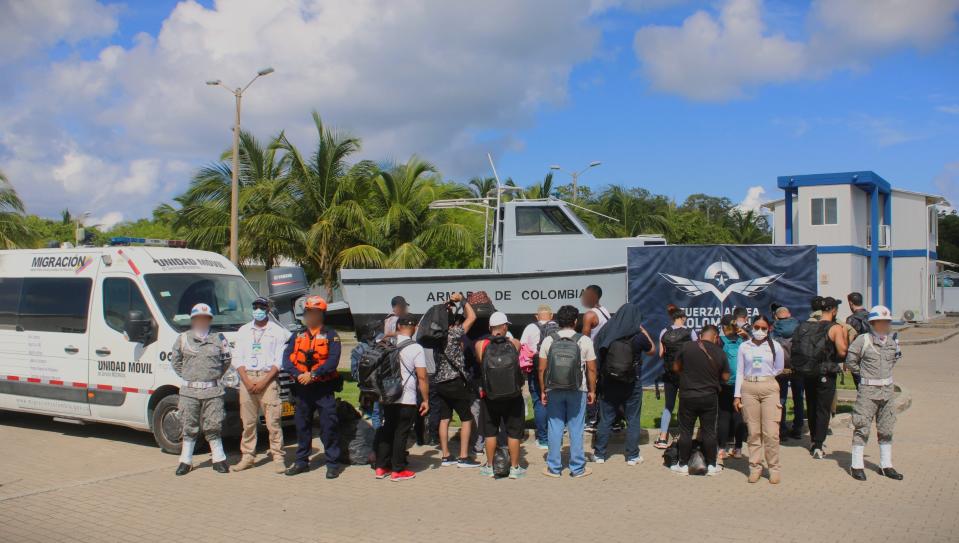
A spokesman for the U.S. Coast Guard told USA TODAY the guard doesn't patrol as far south as San Andrés, outside of international drug interdiction, and referred questions to the State Department and Department of Homeland Security. Neither agency responded to USA TODAY's requests for comment.
Solano Prada said the IAS II had no registered ship manifest, nor formal record of its departure. The Colombian navy compiled the list of 38 missing people from family reports and social media, he said.
Based on reports, the IAS II didn't meet Colombian or international maritime standards, Solano Prada said. The boat, described as a 26- to 32-foot cruise boat, was heavily overloaded. It had a single motor when at least two are required to navigate the high sea.
Before their departure, Leal Moreno's mother sent her a cellphone video from the island.
"The beach of San Andrés, que hermoso, how beautiful," she said, swiveling the camera to show the sea on a gray day. "Look, here comes a boat. This is the most beautiful beach! Over here are the restaurants where you can eat."
She moves the camera to her daughter, Leal Moreno's sister, sitting at a colorfully painted table in a bright orange skirt and top, then on her granddaughter jumping up and down in a puddle.
"This isn't the departure," she said. "Right now we're just tourists."
"Well, mami, may God be with you at every moment," Leal Moreno wrote in a WhatsApp message to her mother on Saturday. Her mother responded with "Amen."
She was used to talking to her mother every day. Every day they said, "I love you." Leal Moreno said she dreamed of the little luxuries she was going to give her mother when she arrived: a massage, nice creams, a trip to Victoria's Secret.
Sunday morning Leal Moreno wrote to check in. The messages stacked up with no answer.
Hola mami at 10:31 a.m.
Mami at 7:03 p.m.
Mamá at 11:30 p.m.
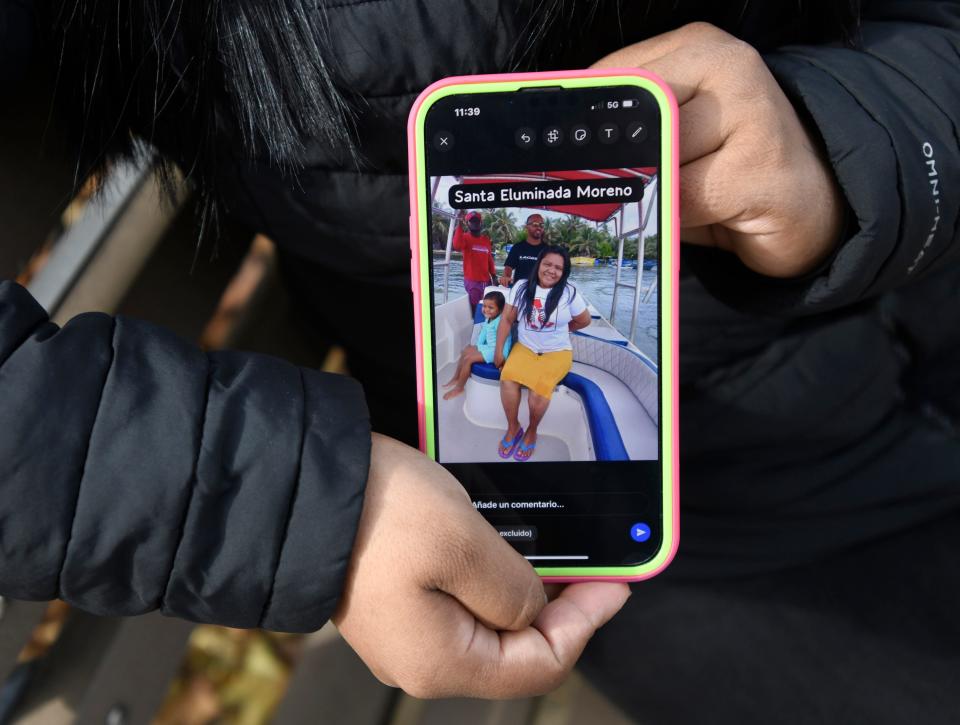
Living in uncertainty
Posts by family members of the 38 passengers began to multiply on Facebook and TikTok as the days passed. Gómez said at least two other families, including her own, received threatening messages claiming their loved ones were kidnapped in Mexico.
Leal Moreno spent two hours messaging with a man whose profile picture on WhatsApp appeared to show the Paso del Norte bridge in Ciudad Juárez, a Mexican border town across from El Paso notorious for its networks of organized crime. She begged for evidence: a photo, a video, a voice message.
The man provided none. When Leal Moreno stopped responding, messages began arriving from a second WhatsApp account – this time with a profile picture of a masked man holding an AK-47. The threats intensified. Leal Moreno didn't answer two calls.
"Vamos a matar a tu jefa y a esta niña mija, no estamos jugando."
"We're going to kill your mom and this little girl, we're not playing."
FBI Agent Hernández said that for immigrant families whose loved ones are missing on the migration route north, there is no way to know for certain that a scam is a scam until the threat is investigated or their family members turn up.
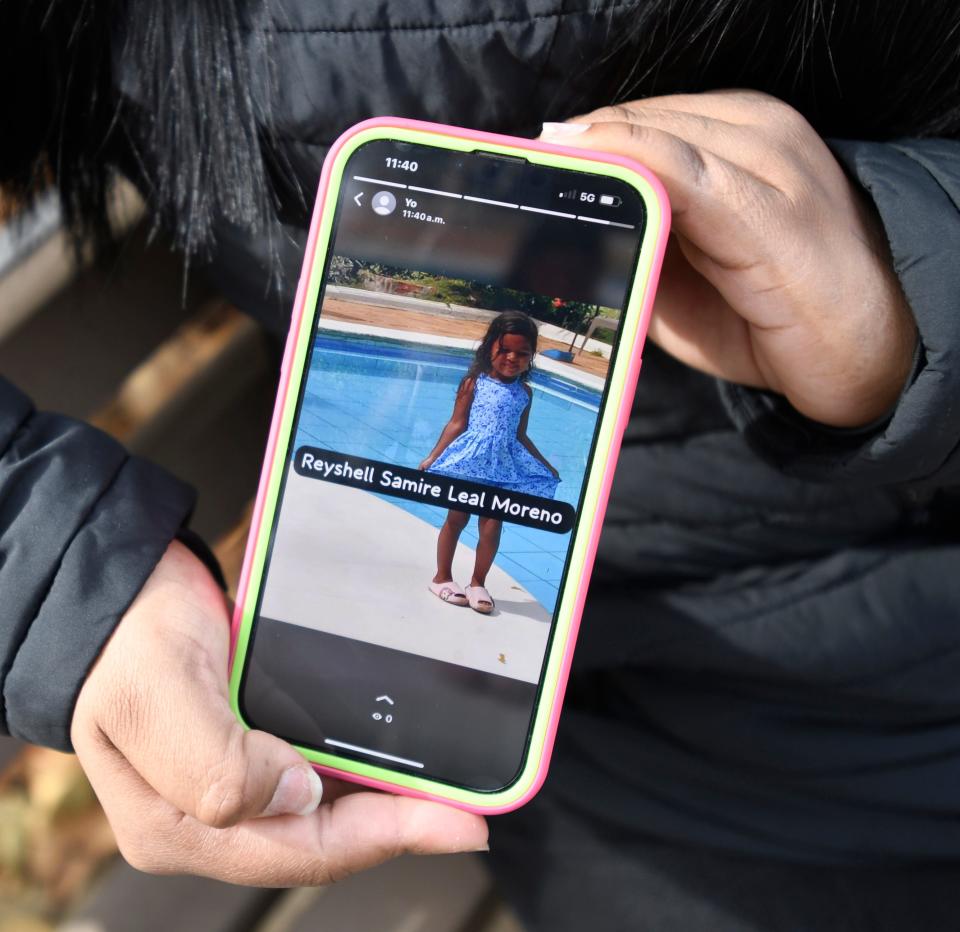
In Leal Moreno's case, "Until they find the boat, or they find bodies, it’s hard for us to say whether it’s a virtual kidnapping or not," he said.
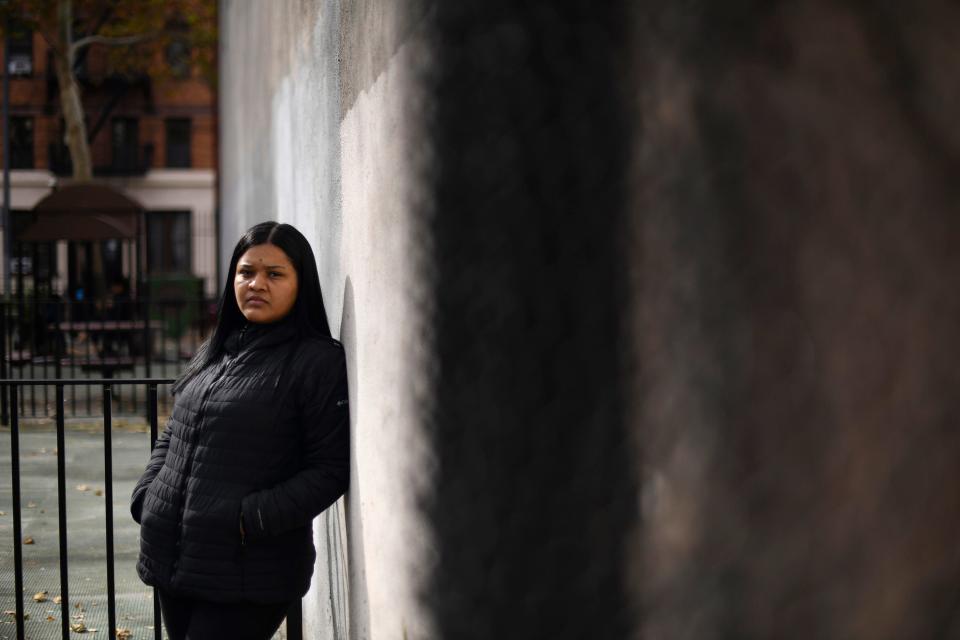
On Oct. 30, Leal Moreno and the families received news: A fisherman in Costa Rica allegedly found a bag with eight passports. A photo of the passports, open to their identification pages, circulated in a WhatsApp group of the family members. The passports of Leal Moreno's mother, sister and niece were splayed out.
What did it mean? She shelved her grief, held fast to hope.
"Never see her again?" she asked. "What do I do? Not knowing if she is still in this world, or if she is in the hands of someone terrible?"
Two days later, on Nov. 1, the Colombian Navy intercepted a boat off the coast of San Andrés carrying 38 migrants: a boat named, in English, "Quick Cash."
"Another boat was found," Leal Moreno said. "But it wasn’t our family members. These people, they are still doing this."
This article originally appeared on USA TODAY: A dangerous new migration route is claiming lives in the Caribbean

